-
×
 Classic Bag, Svea
Classic Bag, Svea
-
Deposit Amount:
$14.50
-
Future payments:
$14.50
1 × $29.00 -
Embroidered Hair Accessories
$5.00 Original price was: $5.00.$1.50Current price is: $1.50.
Embroidery is a kind of decorative technique that uses embroidery needles to lead colored threads, piercing on fabrics and embroidering various patterns according to the designed pattern, and it is also one of the traditional Chinese folk handicrafts. The following is a detailed introduction to the craft of embroidery
* If you are not satisfied with our options, please contact customer service.

Embroidery is a kind of decorative technique that uses embroidery needles to lead colored threads, piercing on fabrics and embroidering various patterns according to the designed pattern, and it is also one of the traditional Chinese folk handicrafts. The following is a detailed introduction to the craft of embroidery:
– **Historical origin**: The history of embroidery can be traced back to ancient times, initially it was a simple sewing with needle and thread by people in order to reinforce their clothes, and then it gradually developed into a decorative craft. In China, the origins of embroidery can be traced back to the Shang and Zhou Dynasties, when embroidery techniques were already quite mature. With the passage of time, embroidery has been developed in different dynasties, such as the Han Dynasty, when the embroidery techniques became more mature, the number of stitches increased, and the patterns were richer; during the Tang and Song Dynasties, embroidery reached its heyday, and was not only used for clothing, but also applied to painting and calligraphy framing, etc.; in the Ming and Qing Dynasties, when the court embroiderers of feudal dynasties were very large in scale, and the folk embroidery was also further developed, which has successively produced the Suzhou Embroidery, the Guangdong Embroidery, the Long Embroidery, the Xiang Embroidery, and the Shu Embroidery, which were known as the “five famous embroidery”.
– **Materials and tools**:
– **Materials**: include fabrics, embroidery threads, embroidery needles, scissors, embroidery bandages and so on. Fabric can be silk, cotton, linen, wool fabric, etc.; embroidery threads can be silk, cotton, gold and silver threads, etc.; embroidery needles of various types, according to the thickness of the embroidery threads and texture of the fabric to choose the right needle; scissors used to cut embroidery threads and fabrics; embroidery bandage is used to tighten the fabric, so that embroidery operations more convenient.
– **Tools**: In addition to the above materials, embroidery also needs some auxiliary tools, such as embroidery frame, embroidery hoop, embroidery needle inserts and so on.
– **Stitch and Technique**:
– **needle**: embroidery needlework is varied, common flat needle embroidery, back to the needle embroidery, satin embroidery, long and short needles, hit the child needle, flat gold, poke sand and so on dozens of kinds. Different stitches can show different effects, such as flat needle embroidery can be used to embroider the outline of the pattern, fill the interior of the pattern, back to the needle embroidery can be used to embroider the lines, satin embroidery can be used to fill the large area of the pattern part.
– **Techniques**: The techniques of embroidery include how to choose the right stitches and embroidery threads, how to control the size and spacing of the stitches, and how to handle the starting and finishing of the embroidery threads. In addition, embroidery also requires attention to color matching and transition, as well as the overall layout and proportion of the pattern.
– **Types**: There are many types of Chinese embroidery, besides the traditional four famous embroideries, namely, Suzhou embroidery, Cantonese embroidery, Shu embroidery and Hunan embroidery, there are also Beijing embroidery, Lu embroidery, Bianjiang embroidery, Ou embroidery, Hangzhou embroidery, Danyang messy needle embroidery, Wenzhou hair embroidery, Jiangxi summer cloth embroidery and Changzhi heap brocade, etc. Each type of embroidery has its own unique characteristics. Each kind of embroidery has its own unique style and characteristics, such as the fine embroidery of Suzhou embroidery, the gorgeous embroidery of Guangdong embroidery, the delicate embroidery of Shu embroidery, and the bold embroidery of Hunan embroidery.
– **Use**: Embroidery has a wide range of uses and can be used to make clothing, costumes, home furnishings, handicrafts and so on. In ancient times, embroidery was exclusive to nobles and royalty, and was used to make court dresses and ceremonial items. With the development of the times, embroidery gradually came into common people’s homes and became a symbol of fashion and art.
In short, embroidery is a very exquisite handicraft, which not only has high artistic value, but also can be used to make various practical items. If you are interested in embroidery, you can try to learn it and feel the charm of this traditional handicraft.

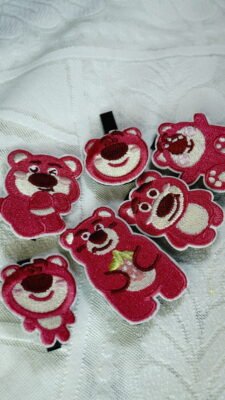
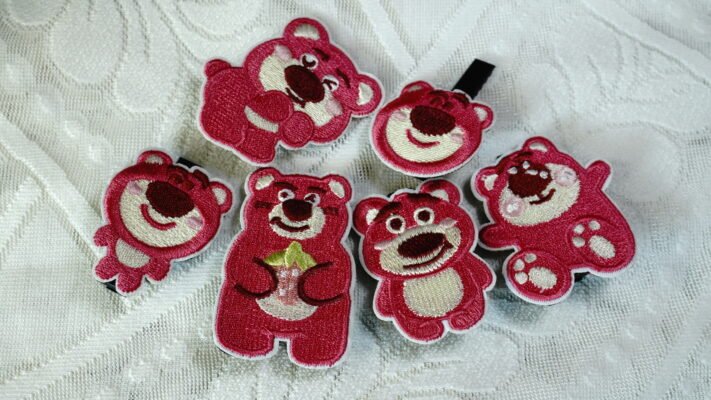
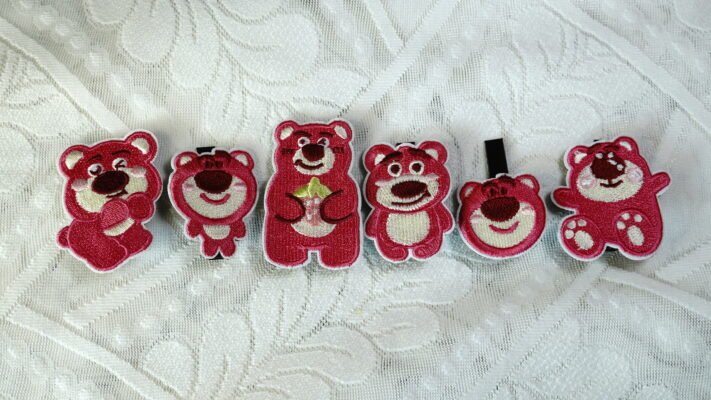




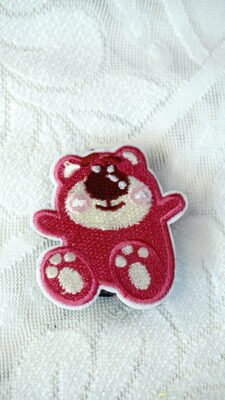

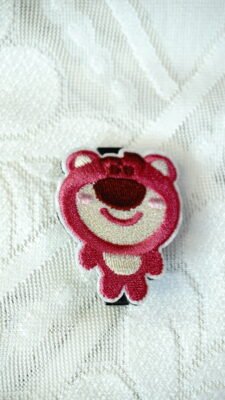

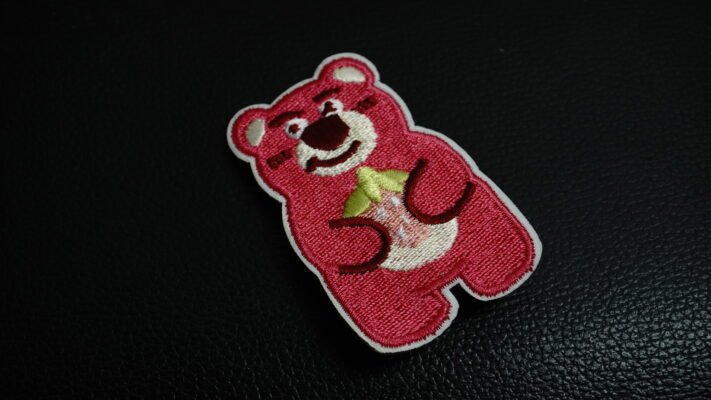
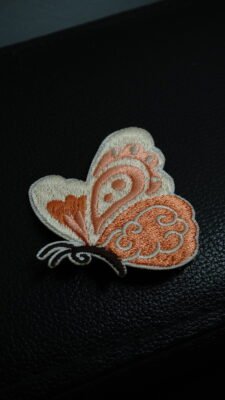
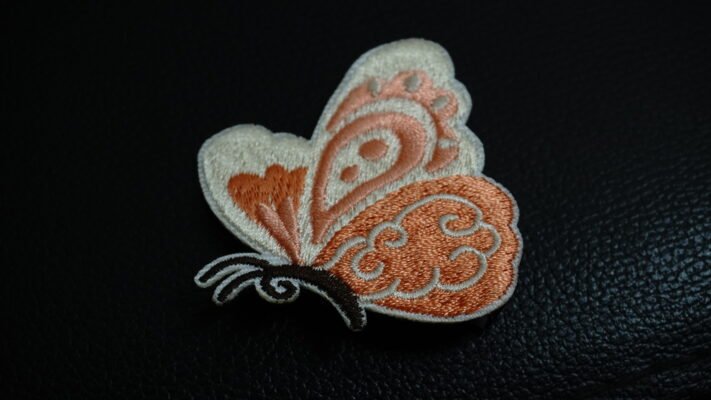



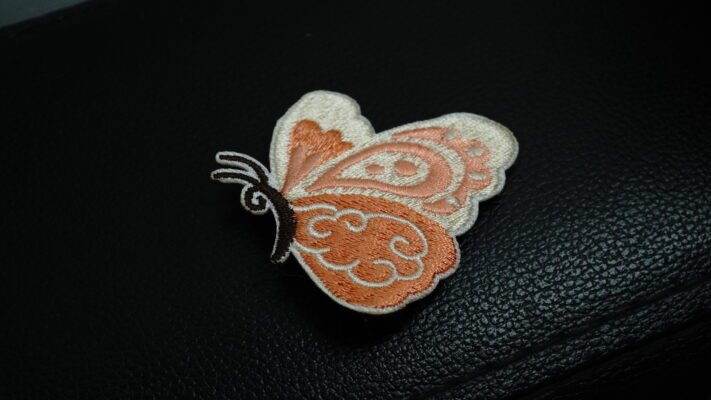
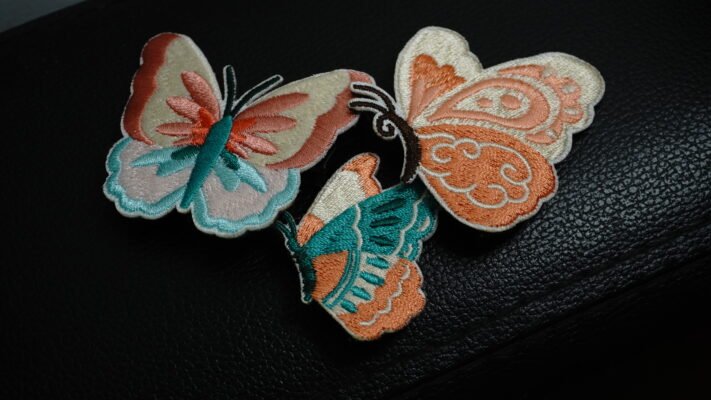
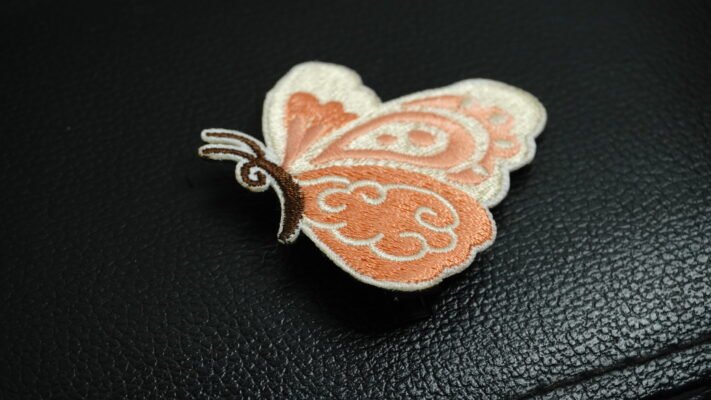

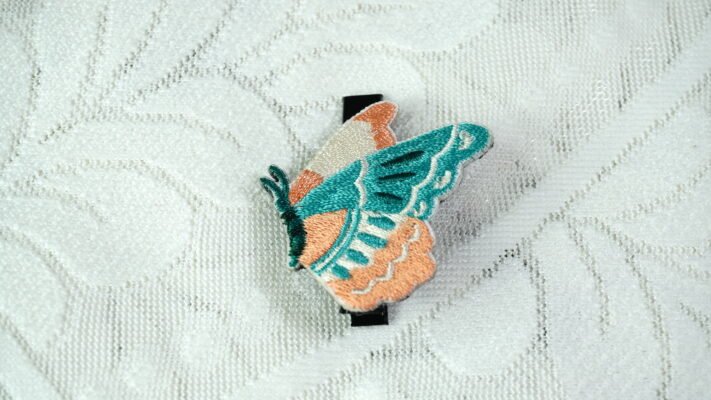
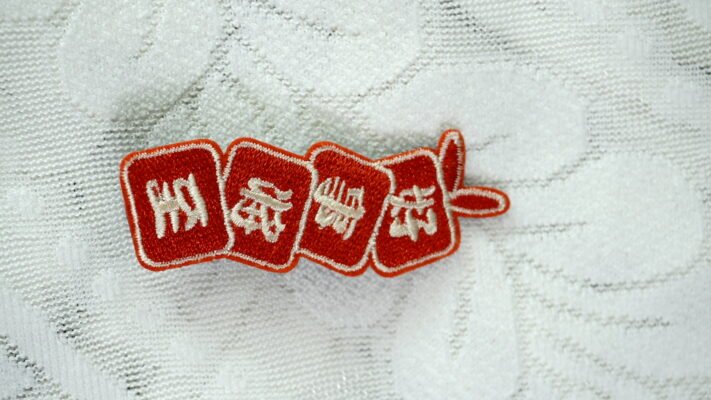

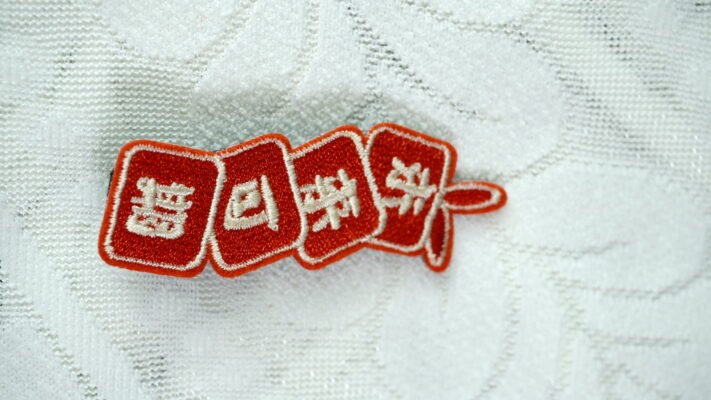


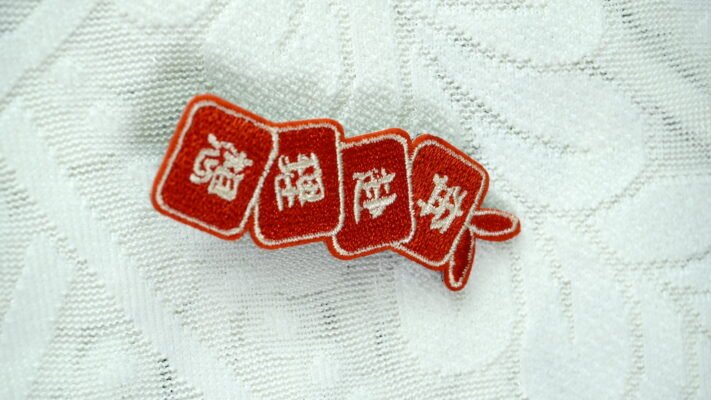
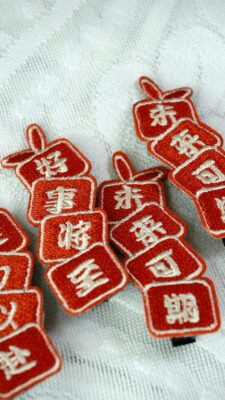
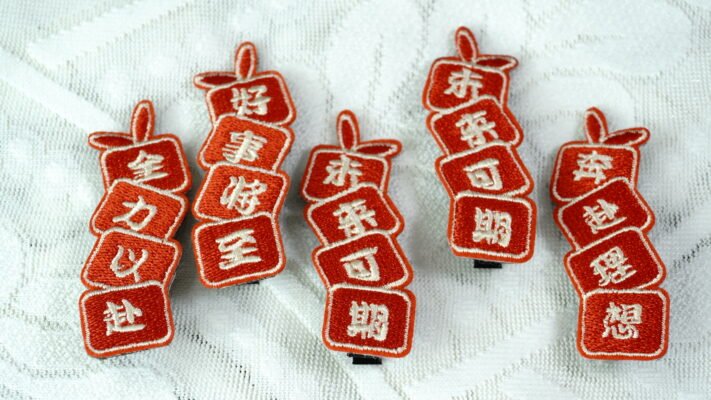



| styles | 1, 2, 3, 4, 5, 6, 7, 8, 9, 10, 11, 12, 13, 14 |
|---|---|
| production time | 7days |






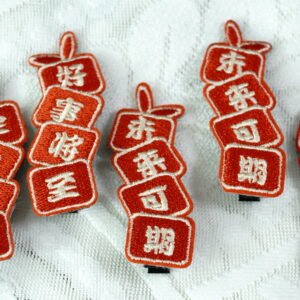




Reviews
There are no reviews yet.